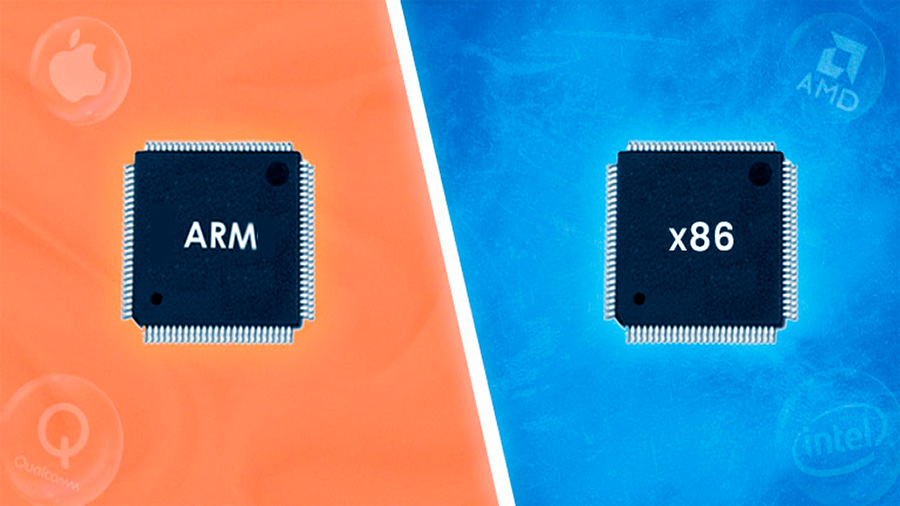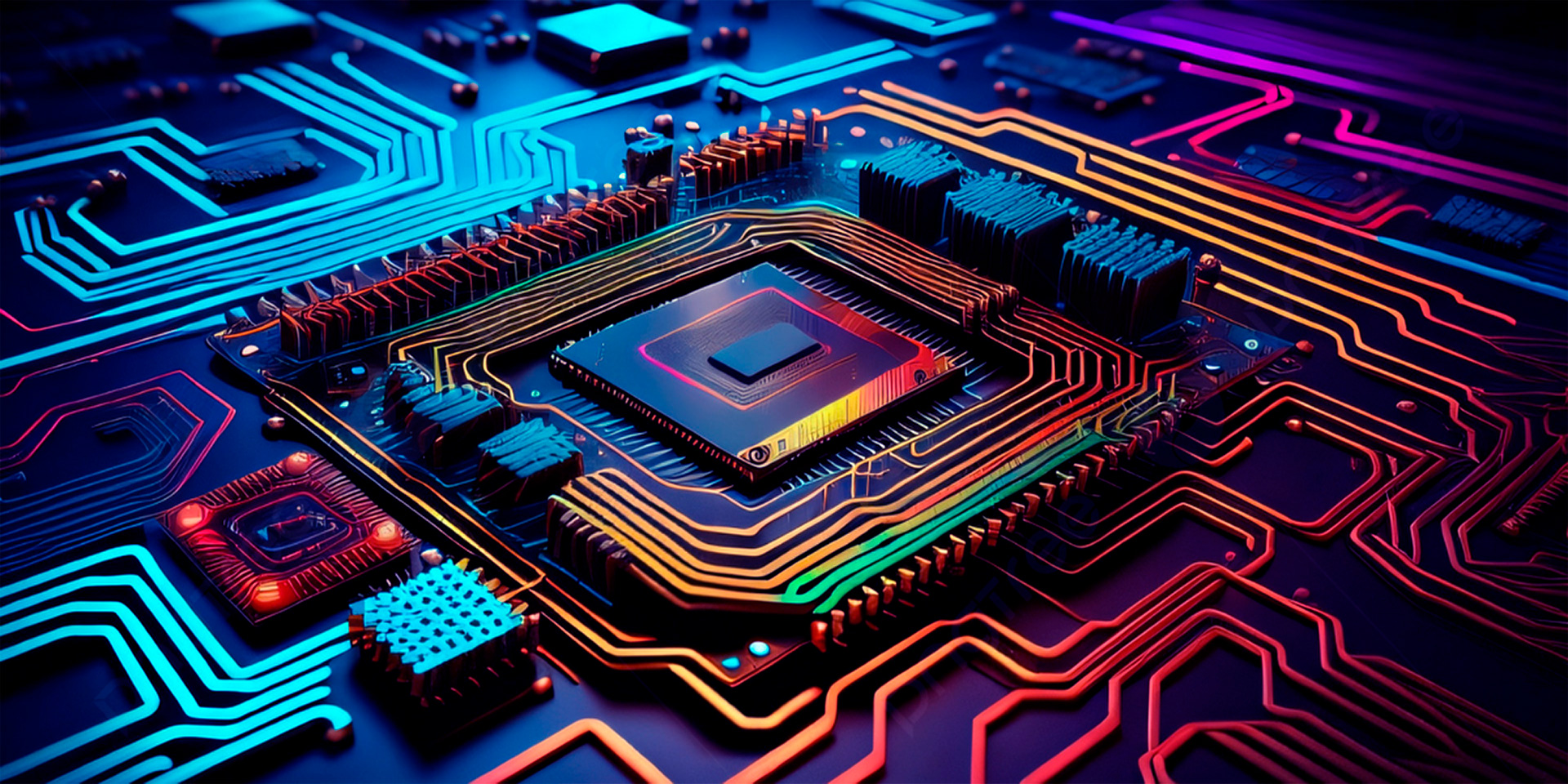The competition between ARM and x86 architectures has shaped the landscape of computing for decades. Each architecture has its own strengths, weaknesses, and areas of dominance. This article provides a detailed analysis of ARM and x86 architectures, comparing their technical attributes, performance, applications, and future prospects.
Understanding ARM and x86 Architectures
ARM and x86 represent two fundamentally different approaches to CPU design. Understanding their core principles and historical development provides insight into their current positions and future trajectories.
ARM Architecture
ARM (Advanced RISC Machine) is based on the Reduced Instruction Set Computing (RISC) architecture, which emphasizes simplicity and power efficiency. ARM processors use a smaller set of instructions, allowing for lower power consumption and higher performance per watt.
Key Characteristics include a simplified instruction set, high power efficiency, and a design philosophy that prioritizes energy conservation.
Historical Context: ARM was originally developed for embedded systems and mobile devices, where power efficiency is critical. Over time, ARM has expanded into other markets, including laptops and servers.
x86 Architecture
x86, developed by Intel, is based on the Complex Instruction Set Computing (CISC) architecture. x86 processors use a larger set of instructions, allowing for more complex operations and higher performance in general-purpose computing.
Key Characteristics include a comprehensive instruction set, high computational power, and a design philosophy that prioritizes versatility and performance.
Historical Context: x86 architecture has dominated the desktop, laptop, and server markets for decades, thanks to its robust performance and extensive software compatibility.

Comparing ARM and x86 Architectures
A detailed comparison of ARM and x86 architectures reveals their respective strengths and weaknesses across various dimensions.
Performance
ARM: ARM processors excel in power efficiency, making them ideal for mobile devices, IoT applications, and energy-conscious computing environments. Recent advancements, such as ARM’s Cortex-A series, have significantly improved performance, narrowing the gap with x86.
x86: x86 processors are known for their raw computational power and versatility, making them suitable for high-performance computing tasks, including gaming, content creation, and enterprise applications. Intel’s Core and AMD’s Ryzen series are prime examples of high-performance x86 CPUs.
Power Efficiency
ARM: ARM’s RISC-based architecture allows for low power consumption, which is crucial for battery-powered devices. This efficiency extends to data centers, where ARM’s lower energy requirements can reduce operational costs.
x86: While x86 processors have improved in power efficiency over the years, they generally consume more power than ARM processors due to their complex instruction set. However, x86’s performance advantages often justify the higher power consumption in demanding applications.
Software Compatibility
ARM: ARM’s software ecosystem has grown rapidly, especially with the rise of mobile computing. However, ARM faces challenges in software compatibility, particularly with legacy applications designed for x86 architecture. Emulation and compatibility layers, such as Apple’s Rosetta 2, help bridge this gap.
x86: x86 architecture boasts extensive software compatibility, benefiting from decades of application development and optimization. This compatibility is a significant advantage in enterprise environments and for users who rely on legacy software.
Market Penetration
ARM: ARM dominates the mobile and embedded systems markets, with widespread adoption in smartphones, tablets, and IoT devices. ARM’s recent entry into the laptop and server markets, exemplified by Apple’s M1 chip and AWS’s Graviton processors, signals its expanding influence.
x86: x86 remains dominant in desktop, laptop, and server markets, with Intel and AMD leading the charge. The extensive ecosystem of x86-compatible software and hardware has entrenched its position in these segments.

Future Prospects
The future of ARM and x86 architectures will be shaped by technological advancements, market dynamics, and evolving user needs.
ARM’s Future
ARM’s future looks promising, with several key trends driving its growth
Continued advancements in power efficiency and performance will solidify ARM’s position in mobile and embedded markets
Expansion into new segments, such as laptops and servers, will diversify ARM’s market presence
Strategic partnerships and acquisitions, such as NVIDIA’s planned acquisition of ARM, could accelerate innovation and adoption
x86’s Future
x86 architecture will continue to evolve, driven by innovation and competition
Ongoing improvements in performance and power efficiency will maintain x86’s relevance in high-performance computing
Integration of AI and machine learning capabilities will open new opportunities for x86 processors in emerging applications
Competition between Intel and AMD will spur further advancements and drive down costs, benefiting consumers and enterprises
Case Studies
Examining specific case studies highlights the practical applications and benefits of ARM and x86 architectures.
ARM in Mobile Computing
Apple’s M1 Chip: Apple’s transition from Intel to ARM-based M1 chips in its Mac lineup showcases ARM’s potential in high-performance computing. The M1 chip delivers impressive performance and power efficiency, challenging traditional x86 processors.
ARM in Data Centers
AWS Graviton Processors: Amazon Web Services (AWS) has adopted ARM-based Graviton processors for its cloud infrastructure. These processors offer significant cost and energy savings, demonstrating ARM’s viability in data center environments.
x86 in Gaming
AMD Ryzen Processors: AMD’s Ryzen series has revitalized the x86 market, offering high performance and competitive pricing. Ryzen processors are popular among gamers and content creators, highlighting x86’s strengths in demanding applications.
x86 in Enterprise Computing
Intel Xeon Processors: Intel’s Xeon processors power a significant portion of enterprise servers, providing robust performance, reliability, and compatibility. Xeon’s success underscores x86’s dominance in enterprise computing.
Conclusion
The battle for CPU dominance between ARM and x86 architectures is a dynamic and evolving contest. ARM’s power efficiency and expanding market presence position it as a formidable challenger, while x86’s performance and software compatibility maintain its stronghold in traditional computing markets. As technological advancements continue, both architectures will play crucial roles in shaping the future of computing, offering diverse solutions tailored to a wide range of applications and user needs. Understanding their strengths, weaknesses, and future prospects enables informed decisions in an increasingly complex technological landscape.





